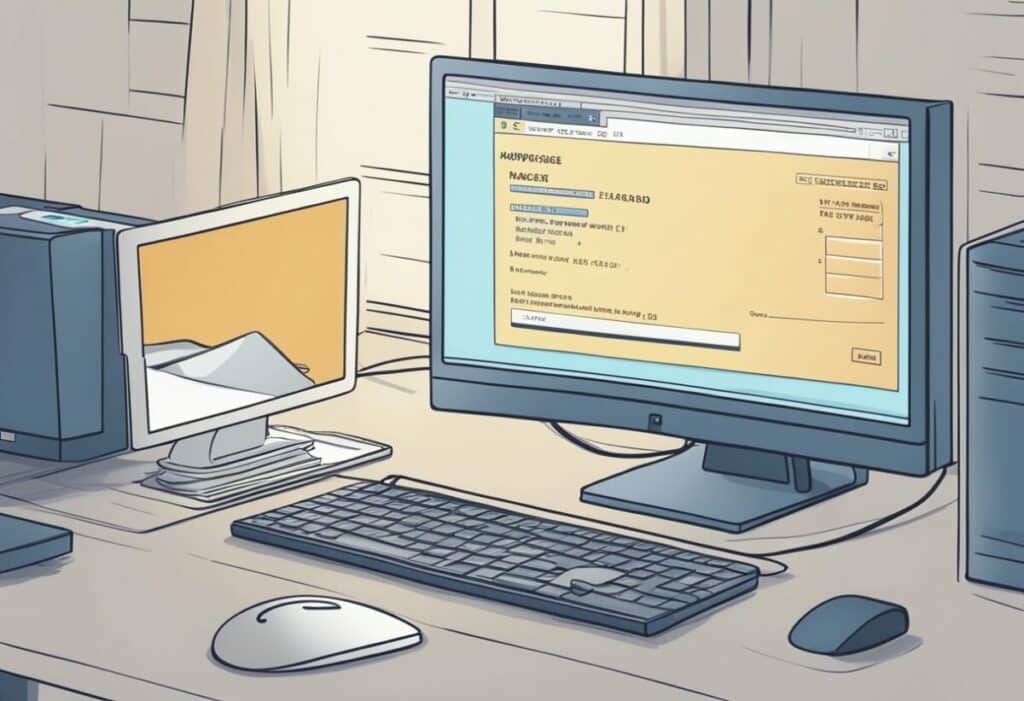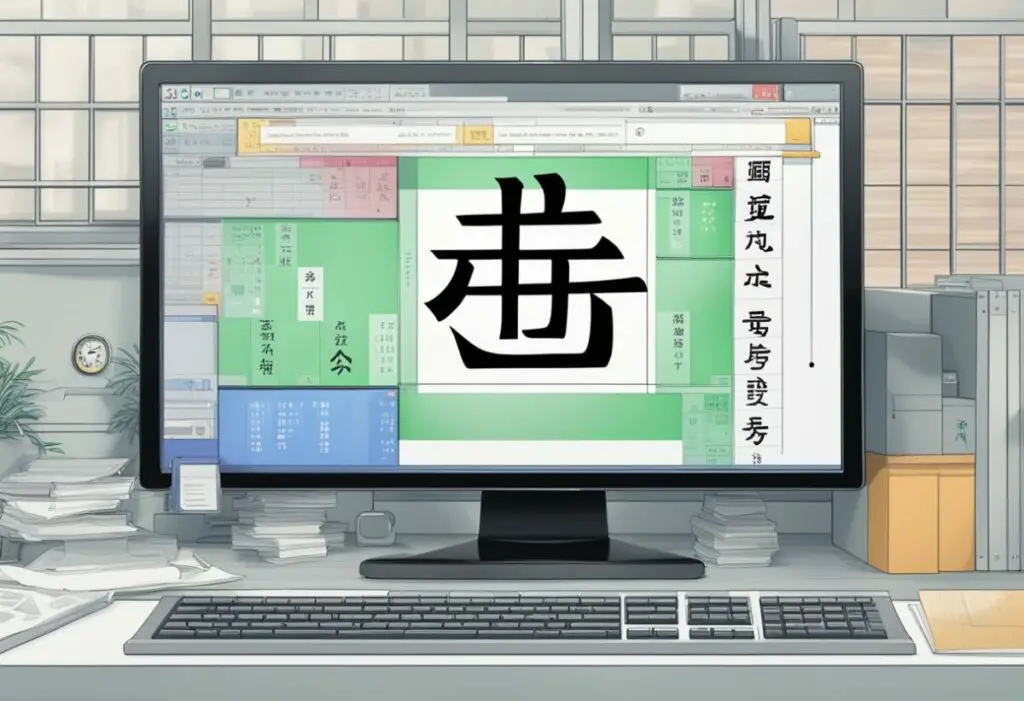Imagine logging into your website only to find bursts of Japanese text scattered across your pages and search results. The Japanese keyword hack is a sneaky form of cyberattack that messes with your website’s SEO, replacing your original keywords with Japanese ones. This hack can seriously harm your website’s reputation and discourage visitors.
Website security is crucial, and this type of malware is more than just a simple annoyance. It can affect your search engine rankings and push away potential visitors who might think your site’s been taken over. Even seasoned webmasters should be aware of the steps to detect and remove this threat.
By understanding the methods hackers use and implementing robust security measures, website owners can protect their online spaces. Techniques like using comprehensive security tools and regularly checking your site’s files can make a big difference. Stay vigilant and keep your website safe for everyone who visits.
Understanding the Japanese Keyword Hack

The Japanese keyword hack is a troublesome issue. It focuses on SEO spam where hackers inject Japanese text into a website’s title and description. This unwanted content is often hidden from human visitors but visible to search engines.
These types of hacks can lead to serious consequences. For instance, it can negatively affect a site’s Google search results and damage its reputation. This hack often results in pages filled with spammy keywords and links, which misleads search engines and users.
Cloaking is a method often used in this hack. Cloaking tricks search engines by showing different content to web crawlers than what users see. The injected Japanese text, often unrelated and harmful, manipulates search engine rankings.
Detecting this kind of malware can be tricky. Website owners should regularly check their Search Console for strange keywords or an unusual spike in traffic from Japan. It’s also important to inspect .htaccess files and other backend systems.
To prevent this hack, websites need strong security measures. This includes keeping all software and plugins up-to-date and using secure passwords. Regularly scanning the site for vulnerabilities is also crucial.
In recovery, the first step is to clean the site of all spammy content and malicious code. Website owners then need to submit a clean sitemap to Google to ensure that the search engine reindexes their site correctly.
The Japanese keyword hack disrupts the integrity of a website. By staying vigilant, taking preventive steps, and understanding how these hacks work, website owners can protect their online presence.
Detection and Initial Response
Detecting a Japanese keyword hack early can save your website from lasting damage. Once detected, immediate actions are crucial to prevent further harm.
Analyzing Search Console Data
A key step is to use Google Search Console. It’s effective in identifying signs of infection. Start by examining the URL Inspection Tool for any unusual activity. Search for URLs on your site displaying spammy keywords, often in Japanese text. These are red flags for a potential hack.
Go to “Coverage” under the Index section. Look for errors or warnings. If you see unknown URLs indexed, it’s likely due to malicious links inserted by hackers. Immediate action must be taken to list these URLs for cleanup.
Identifying Malicious Content
Detecting malicious content is the next critical step. This involves checking your site’s visible and hidden areas. Use site:yourwebsite.com in Google Search to see indexed pages. Look for suspicious links or text in Japanese that doesn’t belong.
Inspect your server logs for unusual activities. Focus on recent changes in files and directories. Malware often leaves traces here. Regularly monitor changes and remove any unfamiliar or unauthorized changes.
Securing User Accounts
Securing your user accounts is crucial to prevent further website infections. Start by removing any new or unknown accounts from Google Search Console. These could be hacker accounts created to maintain access.
Change all passwords, especially for admin accounts. Encourage all users to update their passwords, preferably using complex combinations. Implement two-factor authentication for an extra security layer. This helps in keeping unauthorized users at bay.
Verify account activities regularly. Look for suspicious actions, especially those altering site settings. Quickly lock accounts showing signs of being compromised. Ensuring accounts are secure is a continual process requiring vigilance.
Preventative Measures Against Future Attacks

It’s important to take steps to shield your website from the threats of Japanese keyword hacks. Key measures include strong passwords, regular updates, reliable security plugins, and robust authentication processes.
Implementing Strong Passwords
Weak passwords make it easy for hackers to gain access to your website. To prevent this, ensure all users create strong, complex passwords. A strong password typically includes a mix of uppercase and lowercase letters, numbers, and special characters.
Encourage users to avoid common keywords or easily guessable information. Utilizing a password manager can simplify the process, as it can generate and store complex passwords securely.
Changing passwords regularly further reduces vulnerabilities. Educating users on password best practices can significantly enhance site security.
Regular Software Updates
Keeping your software up-to-date is crucial. Hackers often exploit vulnerabilities in outdated software. Regularly updating your CMS, plugins, and themes can close security gaps.
Enable automatic updates whenever possible. Major platforms like WordPress, Drupal, Joomla, and Magento release patches to address security issues. Regular updates for these platforms are essential to maintain a secure environment.
Backup your website frequently to ensure that you can restore it in case of an attack. Implement both on-site and off-site backups for maximum safety.
Using Security Plugins and Services
Security plugins and services can provide an extra layer of protection. Tools like Wordfence and Sucuri Web Application Firewall offer monitoring and threat detection.
Install a reputable WordPress security plugin to guard against malicious activities. These plugins often include features like malware scanning, firewall protection, and login security.
Additionally, a web application firewall (WAF) can shield your site by filtering and monitoring HTTP traffic. Implementing a WAF is essential for preventing unauthorized access and safeguarding sensitive information.
Enhancing Authentication Processes
Two-factor authentication (2FA) adds an extra security layer by requiring a second form of verification. This could be a code sent to a mobile device or an email confirmation.
Implement 2FA for all user accounts to significantly reduce the risk of unauthorized access.
Using SSL certificates can also provide additional security by encrypting data transferred between the user and the website. Ensuring file permissions are set correctly prevents unauthorized file access and modifications.
Incorporating these measures can significantly reduce the risk of future attacks and ensure a more secure online presence.
Advanced Protection Tactics
To shield a website from the Japanese keyword hack, employ tactics like geo-targeting and anti-cloaking. Also, perform continuous analysis and updates on .htaccess and PHP files to counteract threats effectively.
Setting Up Geo-Targeting and Anti-Cloaking Measures
Geo-targeting involves filtering traffic based on geographical locations. By blocking access from locations where legitimate traffic isn’t expected, one can reduce the risk of hacking attempts. For instance, if a site predominantly serves users in the United States, blocking access from other regions can help.
Anti-cloaking measures are vital, as cloaking makes it difficult to detect hacker activities. Employing tools like Google Search Console and Bing Webmaster Tools can help identify these discrepancies. Additionally, integrating Wordfence or similar security plugins can help monitor and block suspicious activities.
Analyzing and Updating .htaccess and PHP Files
Regularly analyze and update .htaccess and PHP files to prevent unauthorized access. The .htaccess file is crucial for controlling server settings and can be used to block specific IPs, restrict access to certain directories, and more. Ensure security settings are correctly configured to thwart brute force attacks.
For PHP files, check for any unusual code changes that might indicate a breach. Remove or quarantine any suspicious code and update the files routinely. Enabling automatic updates can help keep these files secure. Utilize tools like Wordfence to scan and prevent malicious attempts, ensuring these files are fortified against vulnerabilities.
Utilizing Backups for Recovery

When a website falls victim to a Japanese keyword hack, using backups is a key strategy in restoring normalcy.
Always keep up-to-date backups. This can be done via your web hosting provider or third-party backup services. Regular backups are like your safety net.
When restoring a hacked website, follow these steps:
- Access your latest clean backup. Make sure it’s from a time before the hack occurred.
- Log into your web hosting account. Navigate to the “File Manager” section.
- Locate the public_html folder. This folder contains the core files of your website.
- Delete current compromised files. Make sure you’ve taken note of what needs to be restored.
- Upload your clean backup. Replace the deleted files with the clean ones from your backup.
It can be helpful to maintain multiple backup copies, just in case one is corrupted. Keep backups on different storage mediums like cloud services or external drives.
It’s crucial to scan for vulnerabilities before restoring the backup. This ensures you’re not reintroducing the same weaknesses.
Note common signs of a hack, such as unusual spikes in traffic or unrecognized accounts in your management system. Regular scans and security monitoring help in early detection.
By taking these steps, you protect your website’s integrity and keep it safe from future attacks. Make sure to repeat the backup process regularly to stay one step ahead.
Case Study: Recovery Stories

Website owners across the globe have battled the Japanese keyword hack. This type of malware infection disrupts search engine results with spam content, often related to illegal products.
One notable example involves a WordPress site owning a clothing store. The malware infiltrated their WordPress files. They noticed unusual search engine ranking drops and spammy Google results filled with foreign keywords.
To address this, they first identified the root issue by entering site:[YourSiteName].com in Google’s search bar. This revealed spam content and redirected URLs.
They used Sucuri, a powerful website security platform, to run remote-side scans. This revealed Base64 encoded malware in their files. After cleaning the infected files, they set up a server-side scanner for continuous monitoring.
Another site, known for selling Ralph Lauren products, also faced this attack. They quickly scanned their site using multiple malware scanning tools, identifying and removing infected files.
They secured their site with strong firewalls and improved their user agent policies. Additionally, they disallowed suspicious bots from crawling their website to prevent future hacks.
In another instance, an education blog dealt with the hack by employing a combination of methods. They cleaned their site, updated all passwords, and enhanced their site’s algorithm to detect possible redirects.
These recovery stories show that quick action, comprehensive scanning, and continuous monitoring can help restore affected WordPress websites.

